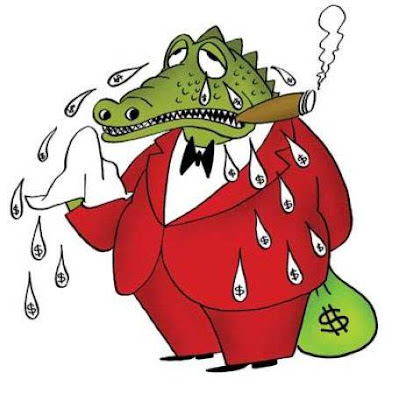President Biden signed the Bankruptcy Threshold Adjustment and Technical Corrections Act yesterday, and congressional leaders are patting themselves on the back.
According to Senator Chuck Grassley, one of the Senate bill's sponsors, the new law will remove some hurdles to the bankruptcy process and "assist small businesses and working families to weather financial hardship and emerge stronger."
Senator John Cornyn, another sponsor, agreed. "For small businesses and families who fought their way through the pandemic and are now facing economic hardship, our complicated bankruptcy process can be another barrier to survival. I'm glad we could come together on this reprieve from burdensome [Bankruptcy Code] requirements . . . .
That's all bullshit. As the law's title says, this legislation does nothing more than make "some technical correction" to the Bankruptcy Code, and the law expires in two years.
If Congress is so interested in the welfare of working Americans, why doesn't it tackle the student-loan crisis--the $1.7 trillion elephant in the room?
Instead of tinkering with the Bankruptcy Code, why not remove the "undue hardship" language that prevents most distressed student borrowers from discharging their loans in bankruptcy?
If that task is too daunting, why not at least allow Parent Plus borrowers to discharge their student loans in the bankruptcy courts? Why not allow people who are overburdened by private student loans to shed that debt through the bankruptcy process?
President Biden hints that he will forgive student-loan debt to the tune of $10,000, an amount so small that the NAACP calls it a "slap in the face."
Meanwhile, Congress pretends to care about the little guy, but it has done nothing substantive to address the student loan crisis, which grows bigger by the day. It hasn't even banned the Department of Education from garnishing the Social Security checks of elderly student-loan defaulters.
Our political leaders cry crocodile tears over the student debtor's plight, but they won't do anything significant to bring relief because the higher education industry likes the status quo.






